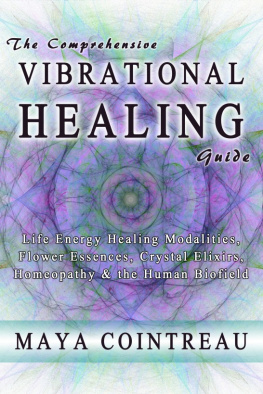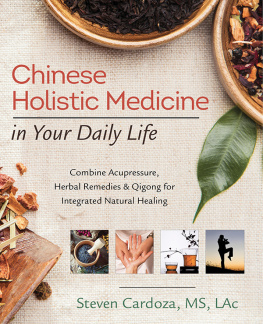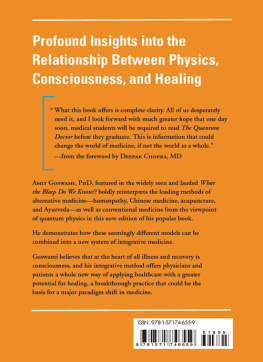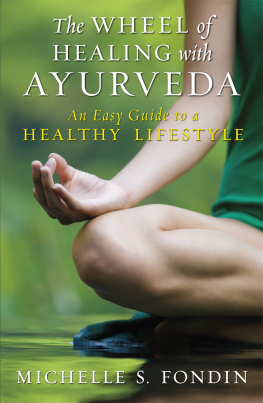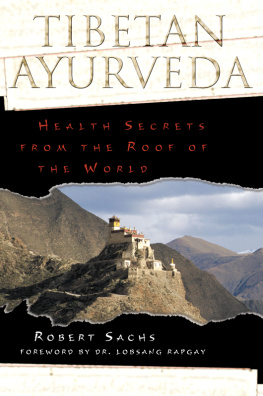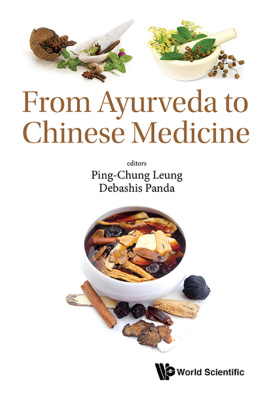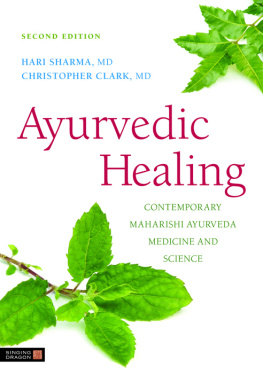Bridgette Shea - Handbook of Chinese Medicine and Ayurveda: An Integrated Practice of Ancient Healing Traditions
Here you can read online Bridgette Shea - Handbook of Chinese Medicine and Ayurveda: An Integrated Practice of Ancient Healing Traditions full text of the book (entire story) in english for free. Download pdf and epub, get meaning, cover and reviews about this ebook. year: 2018, publisher: Healing Arts Press, genre: Religion. Description of the work, (preface) as well as reviews are available. Best literature library LitArk.com created for fans of good reading and offers a wide selection of genres:
Romance novel
Science fiction
Adventure
Detective
Science
History
Home and family
Prose
Art
Politics
Computer
Non-fiction
Religion
Business
Children
Humor
Choose a favorite category and find really read worthwhile books. Enjoy immersion in the world of imagination, feel the emotions of the characters or learn something new for yourself, make an fascinating discovery.

- Book:Handbook of Chinese Medicine and Ayurveda: An Integrated Practice of Ancient Healing Traditions
- Author:
- Publisher:Healing Arts Press
- Genre:
- Year:2018
- Rating:5 / 5
- Favourites:Add to favourites
- Your mark:
Handbook of Chinese Medicine and Ayurveda: An Integrated Practice of Ancient Healing Traditions: summary, description and annotation
We offer to read an annotation, description, summary or preface (depends on what the author of the book "Handbook of Chinese Medicine and Ayurveda: An Integrated Practice of Ancient Healing Traditions" wrote himself). If you haven't found the necessary information about the book — write in the comments, we will try to find it.
Details the foundational principles of each tradition and the many concepts they share, such as qi and prana, meridians and nadis, and energy centers and chakras
Provides tools for self-assessment including a primer on tongue diagnosis and a mental, emotional, and physical constitutional questionnaire
Offers breathing exercises, dietary regimens, herbal recommendations, and guides for detoxification, including safe and gentle at-home cleansing
Chinese medicine and Ayurveda are two of the oldest healing systems in use today. Each is a complete art, in and of itself, and has profoundly contributed to the health and well-being of millions of people around the world. Drawing on their shared roots and spiritual principles, Bridgette Shea, L.Ac., MAcOM, shows how these two practices integrate seamlessly, with the two traditions individual strengths harmonizing to form a practical basis for prevention, wellness, detoxification, and treatment.
The author explains the foundational principles of both Chinese medicine and Ayurveda in detail, providing the reader with a working understanding of both disciplines. She examines shared concepts such as qi and prana, meridians and nadis, and energy centers and chakras. She explores the strengths of each practice, such as the clinical efficiency of diagnosis and the use of acupuncture for pain relief, improving fertility, and stress reduction in Chinese medicine and the dietary, detoxification, and spiritual guidance of Ayurveda, including the detox branch of Ayurveda known asPanchakarma. Moving beyond theory into practical application, she explores the Elements, known as the Five Phases and thePanchamahabhutas, and how they affect our well-being. She provides tools for self-assessment including a primer on tongue diagnosis and a mental, emotional, and physical constitutional questionnaire. Offering treatment and prevention strategies that draw from both disciplines, she encourages the reader to implement an integrated practice of these two systems in daily life or clinical practice. She details breathing exercises, dietary regimens, herbal recommendations, and guides for detoxification, including safe and gentle home cleanses, all rooted in the holistic synergy between Ayurveda and Chinese medicine.
Sharing case studies that highlight the interconnectedness of these approaches, Shea provides a comprehensive guide for self-healing of body, mind, and spirit and a practitioners resource to cross-reference complex questions with respect to both healing traditions.
Bridgette Shea: author's other books
Who wrote Handbook of Chinese Medicine and Ayurveda: An Integrated Practice of Ancient Healing Traditions? Find out the surname, the name of the author of the book and a list of all author's works by series.

